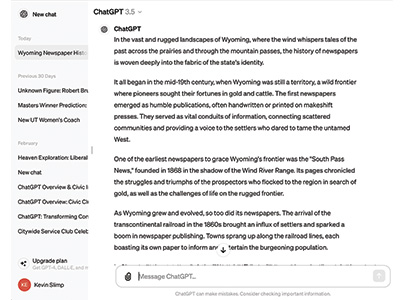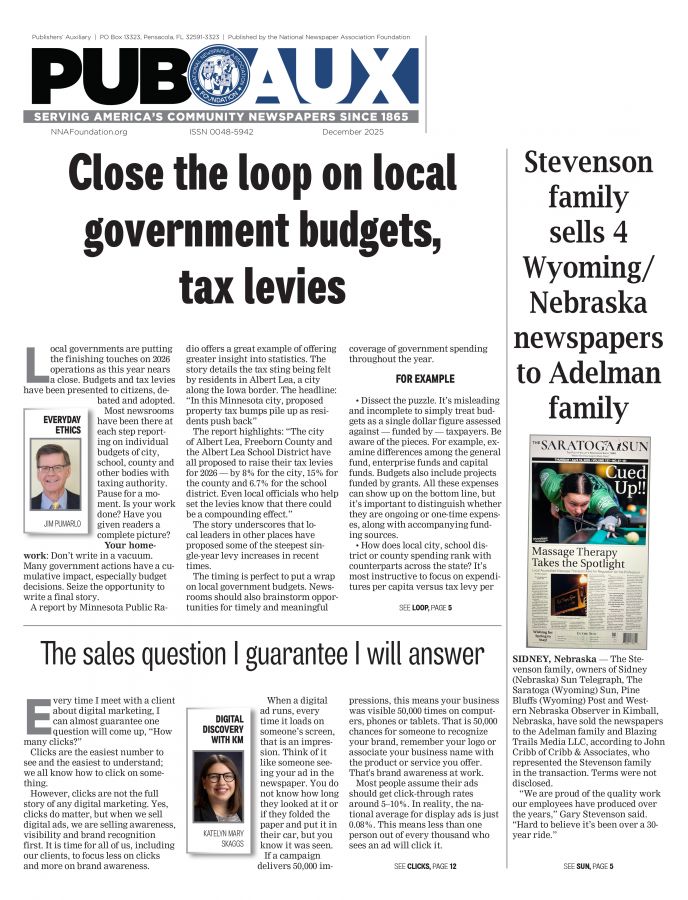Headlines from the past remind me that 2024 could be a great year
Kevin Slimp
Feb 1, 2024


Making bold predictions is easy. This year, I’ve paid close attention to forecasts by respected sportswriters in national print and online publications to see how my football bowl predictions match up against their predictions. Some of you probably did the same thing.
I was surprised that I correctly predicted the winners of the bowl games at a much higher rate than any of the national sportswriters I followed. There are still a few games remaining in the bowl season, so that could change. For now, however, I’m feeling pretty good about myself.
I think it’s probably easier for someone like me to make predictions like these because I have nothing on the line. I can pick Missouri over Ohio State because I don’t feel any pressure to pick the favorite. Let’s face it: if I’m a respected sportswriter considering picking Ole Miss to beat Penn State, I know I will get hammered if my underdog pick loses. The safe bet is to choose the favorite. Then, if the favorite loses, most readers will understand because they picked the favorite, too.
I’ve made a career out of making good bets on the newspaper business. More times than not, my bets were not popular among “experts,” but I somehow kept picking the right team.
My first bet was long ago, in the early 1990s. I was betting against big players like Adobe and others who were adamant that designing a newspaper in one location and then magically sending it to another location to print using a new technology called a PDF file was a crazy idea. For a lot of reasons, the idea couldn’t work. Thankfully, a few folks placed their bet on my idea, and before long, the PDF file was the standard for printing newspapers and everything else. A few years later, the CEO of Adobe wrote to me, thanking me for possibly saving his company.
Fast-forward a few years, and I found myself once again making unpopular wagers. Most noted “experts” were convinced the printed newspaper was within just a few years of extinction. Even newspaper experts predicted the quick end of the printed word. Many leading journalism schools led the way by proclaiming the newspaper business “dead.” I kept hearing the year 2018 knocked about as the year the final newspaper would turn off its press. I wonder when someone will print a T–shirt with “Kevin was right!” on the back.
A quick Google search just now — searching for headlines from the past week — uncovers a windfall of gloomy predictions, including:
Inroads: The Canadian Journal of Opinion
“The Near-Death of Local News”
Politico
“No Stopping the Newspaper Death Spiral”
Whenever I read headlines similar to those, I remember other headlines like this one from 2006:
The Economist
“Who Killed the Newspaper?”
I’m also reminded of this one from 2009:
Business Insider
“The Year the Newspaper Died”
Or this one from 2011:
The Guardian
“British Newspaper to Die in 2019”
Many of you are familiar with the Newspaper Extinction Timeline by Australian-based futurist Ross Dawson. I found the timeline from 2010 predicting that newspapers in the United States would be “insignificant” by 2017. According to the timeline, most other nations’ papers wouldn’t face extinction for another decade or two.
I’m not picking on Dawson or anyone else. Dawson has since backtracked on the extinction date in the U.S. and admitted it was much too early. That doesn’t, however, undo the damage that was done to newspapers who had to explain to their readers and advertisers that they weren’t dying.
Like football bowl predictions, it’s safer to agree with popular opinion than to make unpopular predictions. I suspect it also leads to more invitations to speak at conferences. I get it.
By now, you might be wondering if I will ever get to my point. Get ready. It’s coming now: It is the beginning of a new year. What if we agreed to pay less attention to experts declaring our demise and spend a little more time appreciating what we’ve created and investing in growing our newspapers?
I hear from publishers daily who are investing in the future of their newspapers. They’re investing in staff training, new designs, hardware and software, and marketing. They have not only not given up; they are investing in their futures.
If I were an expert who had predicted the death of newspapers a dozen years ago, I’d probably be saying something like, “I didn’t hit the exact date, but I was right. I was just a few years off.”
That seems like the safest way to keep getting speaking gigs. Thankfully, I’m not too concerned about that these days. So let me suggest you give my idea some consideration. It just might make for a much more enjoyable — as well as profitable — 2024.
Kevin Slimp is former director of The University of Tennessee Newspaper Institute and founder of NewspaperAcademy.com. kevin@kevinslimp.com.










